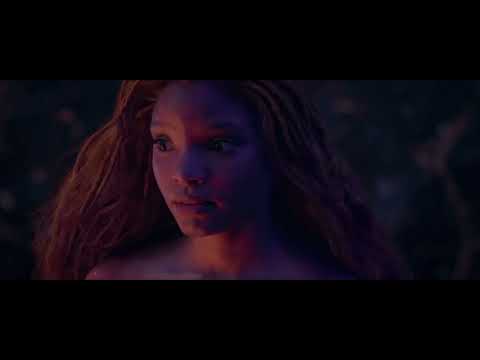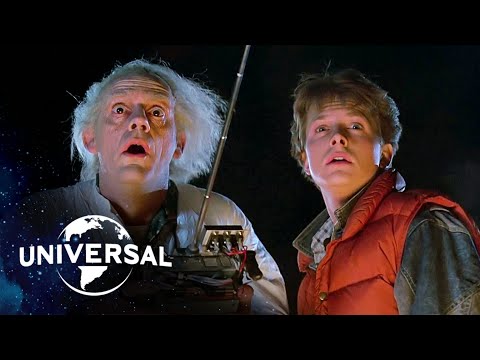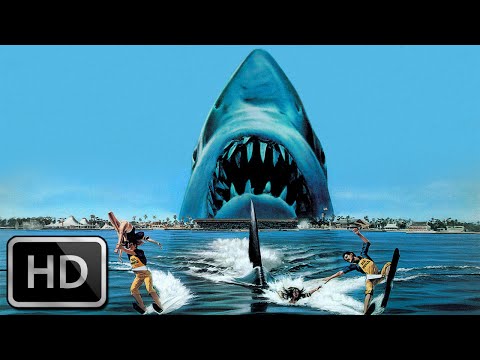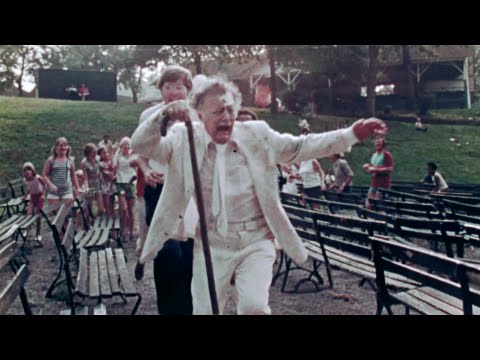Printing money comes too easily for Team Disney.
The studio keeps cranking out live-action versions of its beloved films, and each new production earns serious coin for the mega studio.
Will Smith’s “Aladdin” proved clunky, but those cinema turnstiles spun to the tune of $1 billion worldwide.
Each new version summons the same critique – the original films are great enough, thank you. Why bother updating them?
Now, it’s “The Little Mermaid’s” turn and the results are better than expected. It helps that star Halle Bailey proved a fine choice for the titular mermaid, and that the director in question previously snagged an Oscar for bringing a classic musical to the big screen.
Just know the film’s ambitions are too modest to eclipse the source material.

Bailey stars as Ariel, a headstrong mermaid who is endlessly curious about the human realm. Her stern father King Triton (Javier Bardem) warns his daughter that humans took her mother’s life and cannot be trusted.
Ariel can’t stop imagining what earth life is like, though, and when she saves the life of a kind-hearted human (Jonah Hauer-King as Prince Eric) it’s clear their paths will cross again.
And, along the way, the two might just fall in love if not for a deep-sea villain (Melissa McCarthy as the tentacled Ursula) sabotaging those plans.

The update features the lovable sidekicks from the 1989 animated film, from Sebastian the Crab (Daveed Diggs) to Flounder (Jacob Tremblay). Sebastian’s punch lines are more awww, cute than laugh-out-loud funny, a wasted opportunity.
Scuttle the seagull fares the best, thanks to Awkwafina’s singular line readings. Her bird’s musical number, though, is more punishing than required.
It’s Bailey’s show, ultimately, and the “Growin-ish” alum handles the sizable task as well as can be expected. Her vocal range is more than enough to make numbers like “Part of Your World” soar, and her screen presence cuts through the maze of CGI.
About the effects…
View this post on Instagram
The film demands some heavy lifting from all those ones and zeroes, but director Rob Marshall (“Chicago”) and his FX team rely too heavily on their magic. It leaves even rudimentary scenes looking as if the CGI artists didn’t know when to stop, shattering the live-action spell.
Artists should know when to put the brush down and walk away from a canvas.
RELATED: DISNEY LOSES ANIMATED CROWN TO UPSTART COMPETITOR
The story’s pacing could be tighter, no doubt, but there’s nothing wrong with McCarthy’s interpretation of the core baddie. The actress purrs and growls, underplaying Ursula’s menace so effectively that even the audience might buy into her trickery.
It’s a primer on how to do a villain right.
The film’s love story matters, of course, and here the film earns a solid, unspectacular B.
Hauer-King’s Prince Eric may have more depth than in the animated film, but he’s still too bland, too Mary Sue-esque, to stretch that phrase’s meaning, to make the romance pop.

The film’s sweetest stretch involves Bardem’s fatherly instincts. He’s dour and protective like any undersea patriarch should be, but he learns that keeping his daughter on a short leash can only lead to trouble.
It’s delivered with a feathery touch, and rightly so.
Those fearing “The Little Mermaid” would be another Disney woke-a-thon will be glad to see the film mostly avoids that trap. Yes, Bailey’s colorblind casting raised eyebrows initially, but the star’s pipes and presence should silence that debate.
This live-action yarn isn’t perfect, but it doesn’t stop cold to lecture us or push the kind of strained, girl-power shtick that immediately wears thin.
The original story shines through, despite a few new unremarkable songs and other modest tweaks.
HiT or Miss: “The Little Mermaid” is another unnecessary live-action adaptation from the Mouse House, but the film’s sly casting and visual splendor make it well worth a look.
The post ‘Little Mermaid’ Avoids Disney’s Live-Action Malaise appeared first on Hollywood in Toto.
from Movies – Hollywood in Toto https://ift.tt/UXIKqTb



 (@JohnCenaCrews)
(@JohnCenaCrews) 
 (@sonymusicsoundtracks)
(@sonymusicsoundtracks)




















